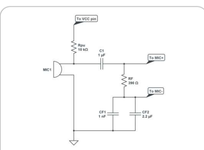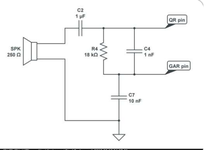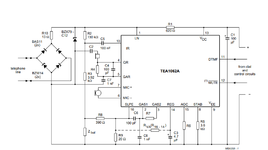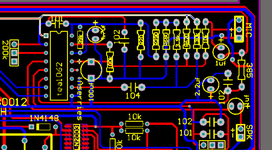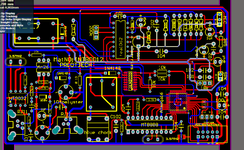medicaprotech
Newbie
need help to remove noise in intercom with tea1062
i use tea1062a in my intercom circuit and it work.When picking up the phone, a buzzing sound is heard . I can't reduce this noise unless I reduce the microphone gain and this is not good for me. I am looking for a way to reduce the noise without reducing the microphone gain. I would be grateful if you could help me.
circuit and parameter values
R6=100K
R7=68K
RVA=39K
ZBAL=680
i use tea1062a in my intercom circuit and it work.When picking up the phone, a buzzing sound is heard . I can't reduce this noise unless I reduce the microphone gain and this is not good for me. I am looking for a way to reduce the noise without reducing the microphone gain. I would be grateful if you could help me.
circuit and parameter values
R6=100K
R7=68K
RVA=39K
ZBAL=680
